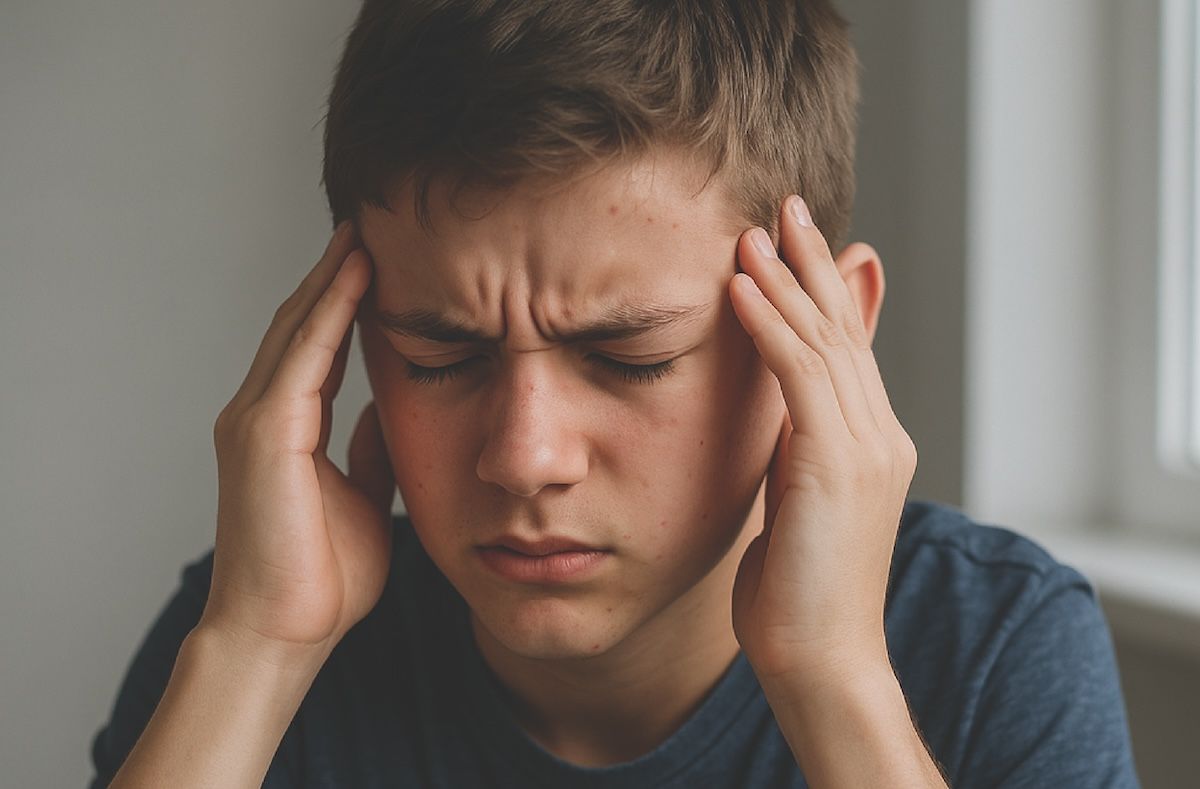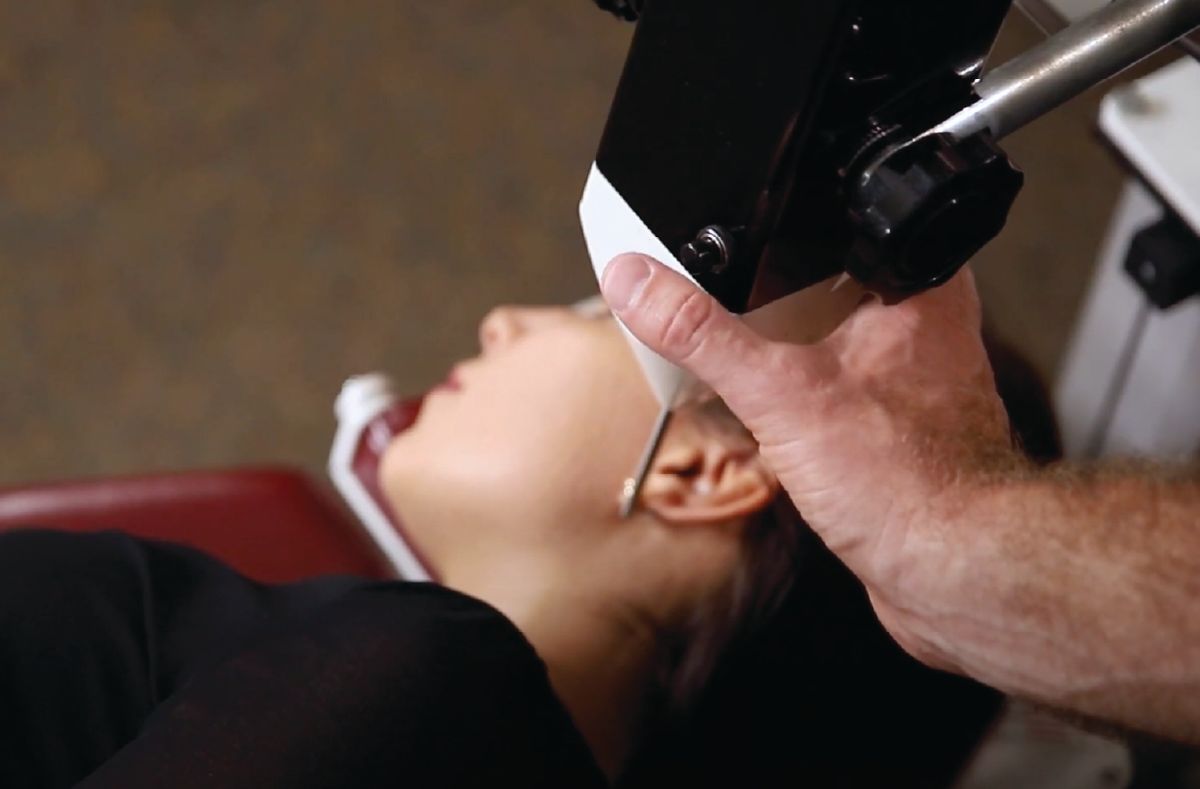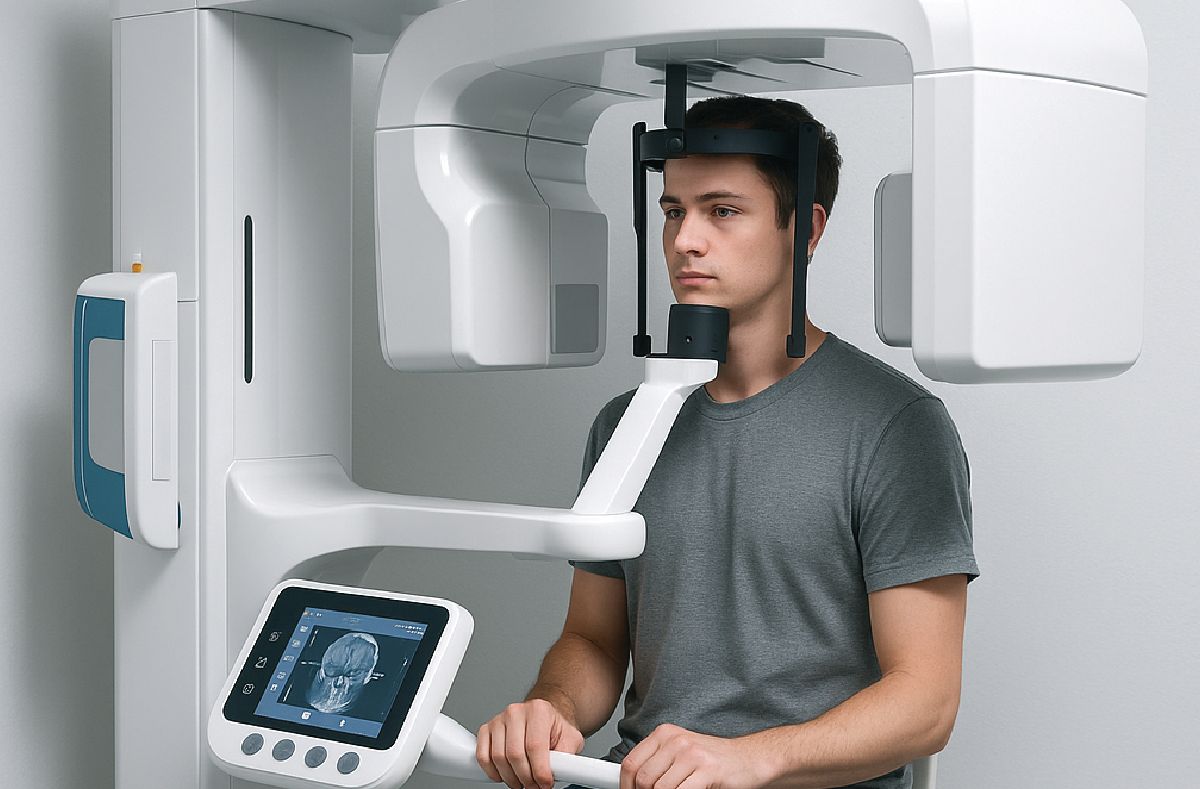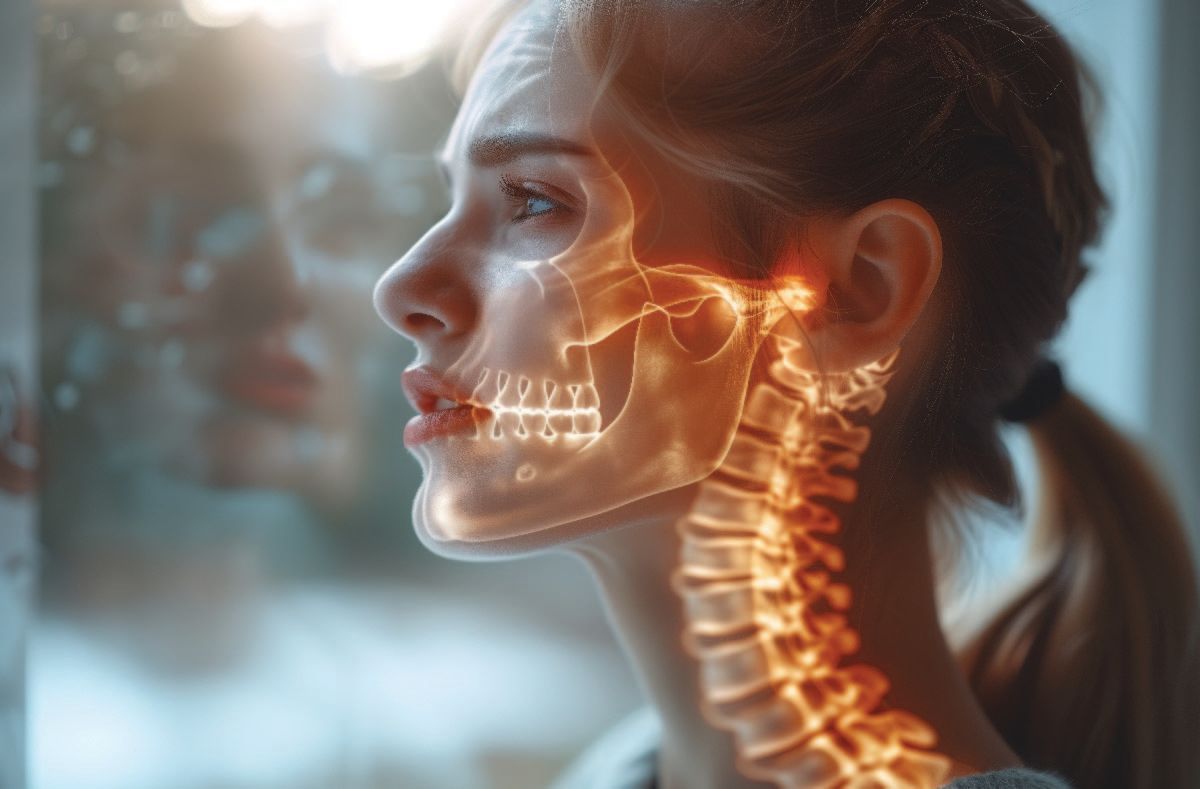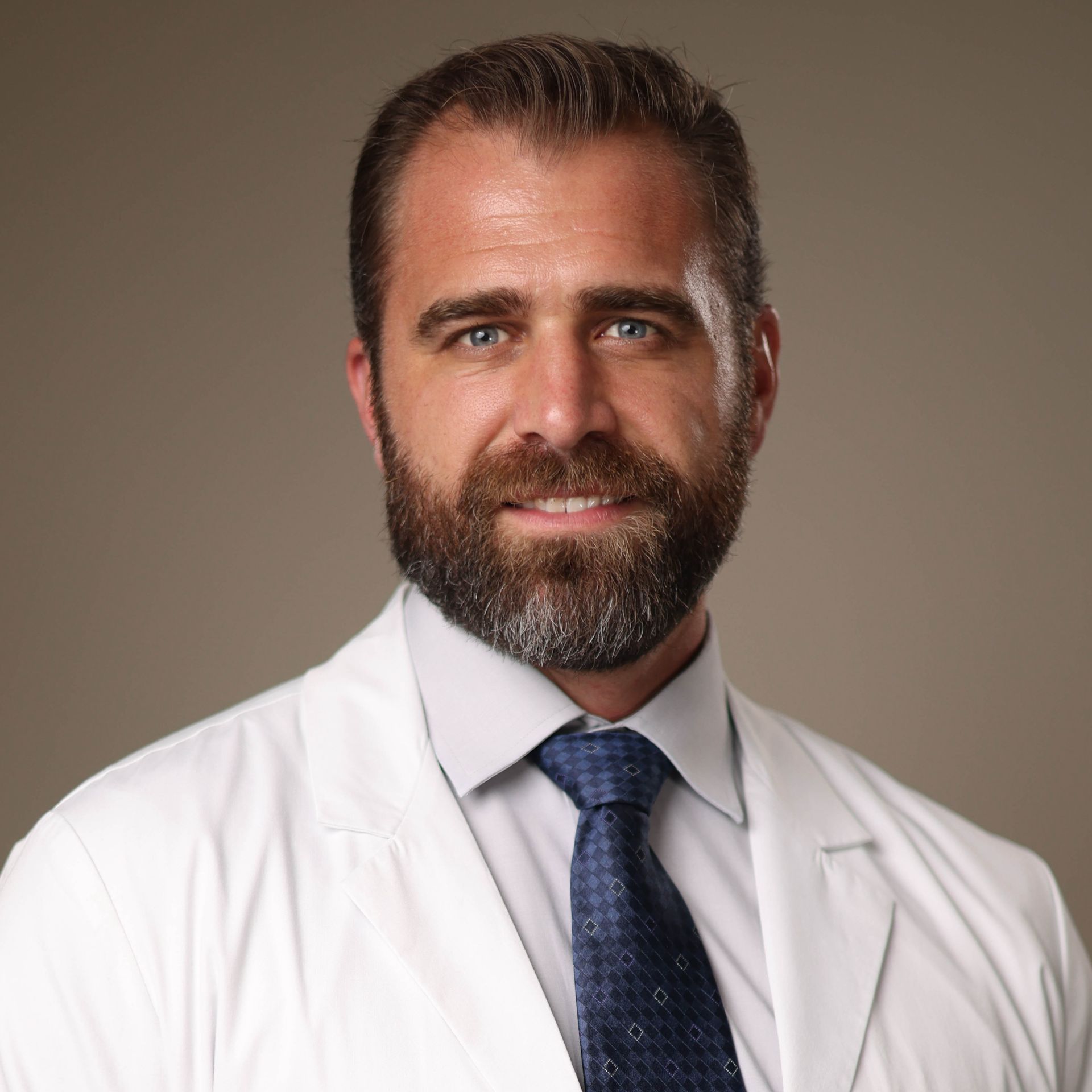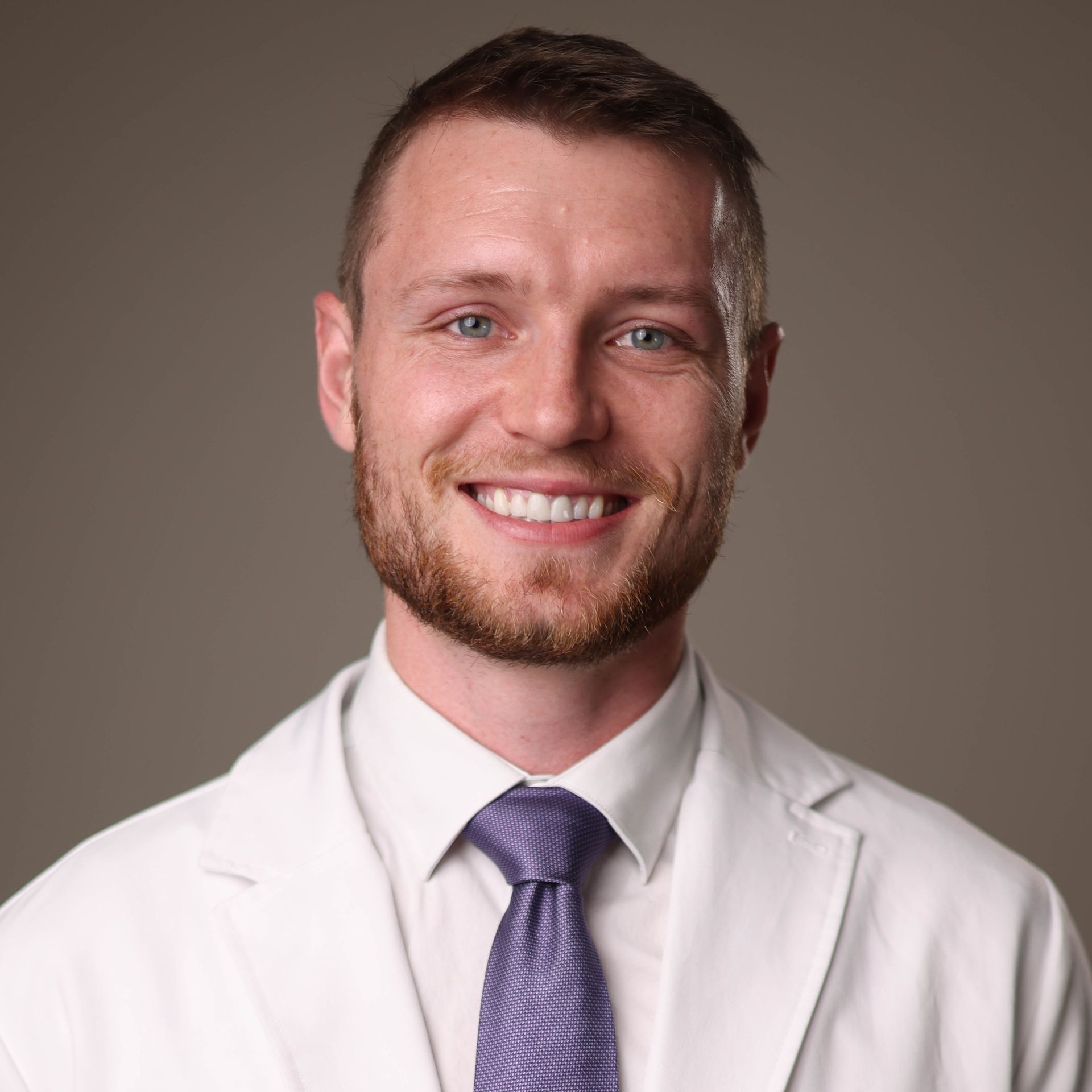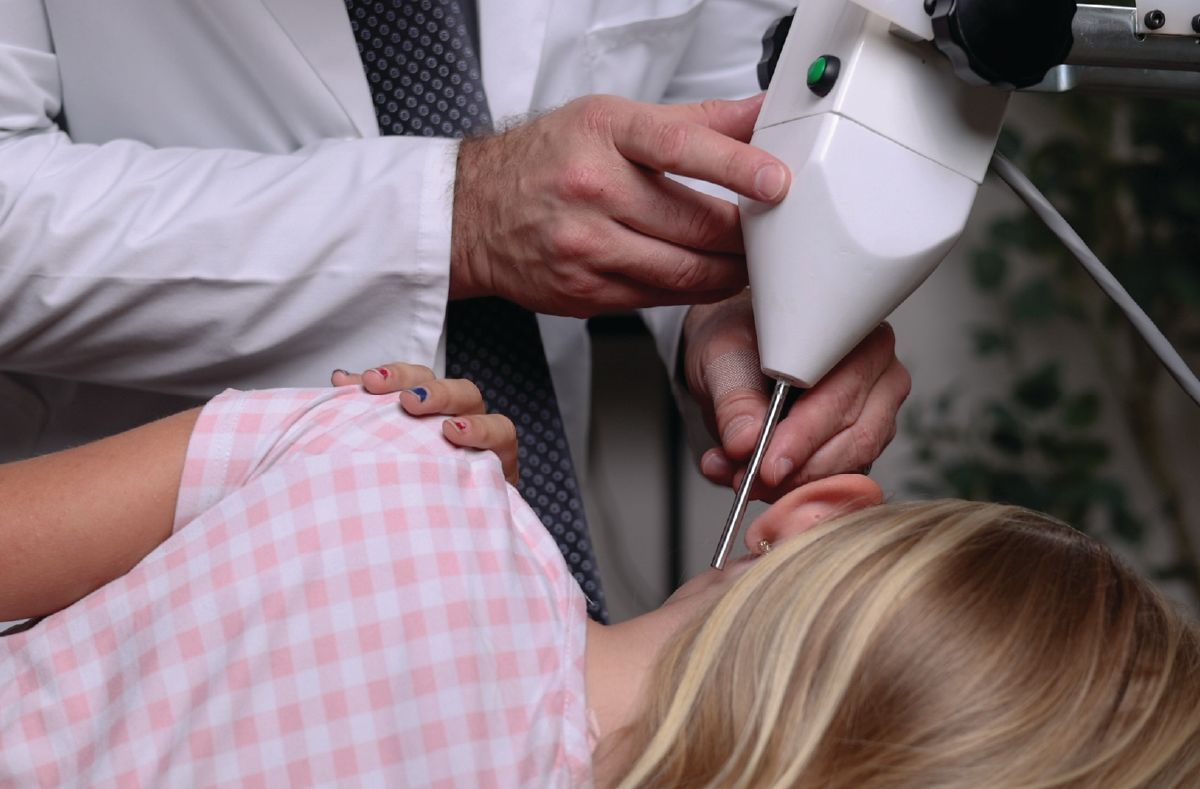What’s Actually Happening in the Nervous System During Dysautonomia?
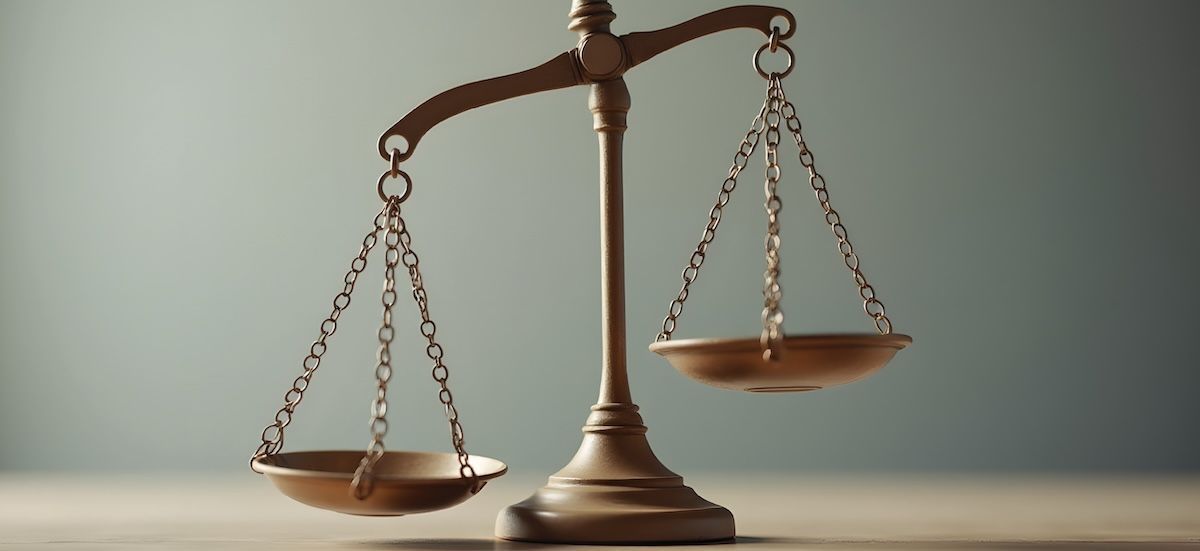
The Autonomic Disconnect
When someone is living with dysautonomia, they often feel like their body is out of sync—heart racing when doing every day activities, digestion stalling and feeling bloated, lightheadedness, anxiety, or overwhelming fatigue. But what’s actually happening inside the nervous system to cause this kind of chaos?
To answer that, we need to understand how the autonomic nervous system (ANS) works—and where it can go wrong.
The Autonomic Nervous System: Your Automatic Pilot
The ANS is the part of your nervous system that runs in the background—regulating heart rate, blood pressure, digestion, breathing, temperature, and more. You don’t consciously control it, and that’s the point: it’s supposed to keep your body in balance without you thinking about it.
It has two main branches:
- Sympathetic nervous system – Often called “fight or flight,” this system ramps things up. It increases heart rate, dilates pupils, slows digestion, and gets you ready to respond to threats or stress.
- Parasympathetic nervous system – This is your “rest and digest” mode. It slows the heart rate, boosts digestion, and promotes healing and relaxation.
In a healthy system, these two branches work like a teeter-totter—when one is active, the other calms down, and vice versa.
When the Balance Tips Too Far
In dysautonomia, the teeter-totter gets stuck—and that’s when problems arise.
If the sympathetic system stays overactive, the body lives in constant overdrive. This can lead to:
- Rapid heart rate (like in POTS)
- Poor digestion
- Sleep disruption
- Anxiety-like symptoms
- Cold hands and feet (from poor circulation)
If the parasympathetic system becomes dominant in the wrong way, people may experience:
- Brain fog or fatigue
- Low blood pressure
- Dizziness or fainting
- Depressed mood
- Slowed gut motility
It’s not always about one system being “bad.” The real issue is dysregulation—the body’s inability to shift gears smoothly.
The Brainstem: The Master Regulator
At the core of this system is the brainstem. This is the main hub for autonomic control. It’s where your brain receives data about your body’s internal state and decides how to respond—raising blood pressure, slowing your heart, stimulating digestion, or releasing stress hormones.
But here’s where it gets interesting: the craniocervical junction—where your skull meets your top two neck bones—is the anatomical neighborhood that surrounds the brainstem.
If this area becomes misaligned or under strain (from trauma, posture, or hypermobility), it may interfere with the signals going in and out of the brainstem.
A Simple Analogy
Imagine the brainstem is a thermostat in your home. It constantly monitors the internal temperature (your body’s signals) and adjusts the system accordingly. But if someone covers the thermostat with a towel, it starts getting faulty readings. The heat might crank on when you’re already warm, or the AC might shut off in the middle of summer.
That’s what happens when craniocervical tension or misalignment affects autonomic regulation. The control center is intact—but the input and output are distorted.
Where Chiropractic May Help
At Cerebral Chiropractic, we don’t chase symptoms. We focus on clearing out interference—especially at the craniocervical junction—so the nervous system can regain its ability to self-regulate.
When pressure is relieved at the top of the spine, the brainstem can often return to baseline function. In some cases, this has led to dramatic improvements in symptoms of dysautonomia.
Relevant Research
- Rosa S, Baird JW. The craniocervical junction: observations regarding the relationship between misalignment, obstruction of cerebrospinal fluid flow, cerebellar tonsillar ectopia, and image-guided correction. In: Heffez DS, editor. The Craniocervical Syndrome and MRI. Basel: Karger; 2015. p. 48–66. doi:10.1159/000365470.
- Haavik H, Murphy B. The role of spinal manipulation in addressing disordered sensorimotor integration and altered motor control. J Electromyogr Kinesiol. 2012 Aug;22(4):768–76. Epub 2012 Apr 6. doi:10.1016/j.jelekin.2012.02.012. PMID: 22483612.
- Woodfield HC 3rd, Hasick DG, Becker WJ, Rose MS, Scott JN. Effect of atlas vertebrae realignment in subjects with migraine: an observational pilot study. Biomed Res Int. 2015;2015:630472. doi:10.1155/2015/630472. PMID: 26783523; PMCID: PMC4689902
More Articles




